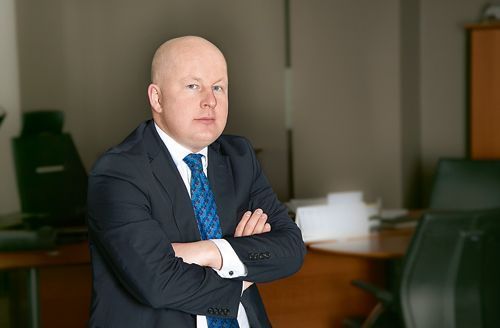Rafał Ostrowski, ‘Eurobuild CEE’: You have been at the helm of PHN since September 2013. Is your vision of the group any different from your predecessor’s concept? Are you planning to take a more revolutionary approach?
Artur Lebiedziński, the president of the board of PHN:I would call my vision a continuation of my predecessor’s activities enriched with some new elements. The general strategy is the same: we want to be one of the largest – and most effective – investors on the commercial property market in Poland.
And what are these new elements?This actually involves a shift in focus. Our experience and assets change and this allows us to adapt appropriately. For example, we previously assumed that we would carry projects out mostly in joint ventures. Today, now that we have more experience, we can see that we can successfully develop some of them ourselves. Secondly, we are also more inclined to buy finished projects.
This is, as I understand































































